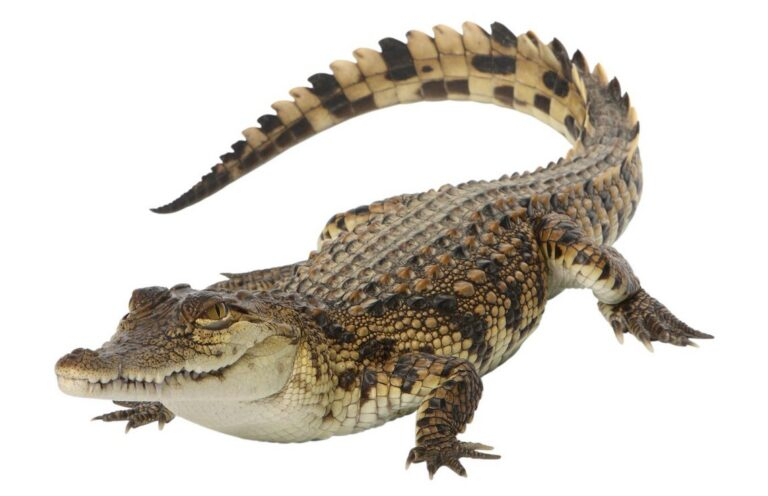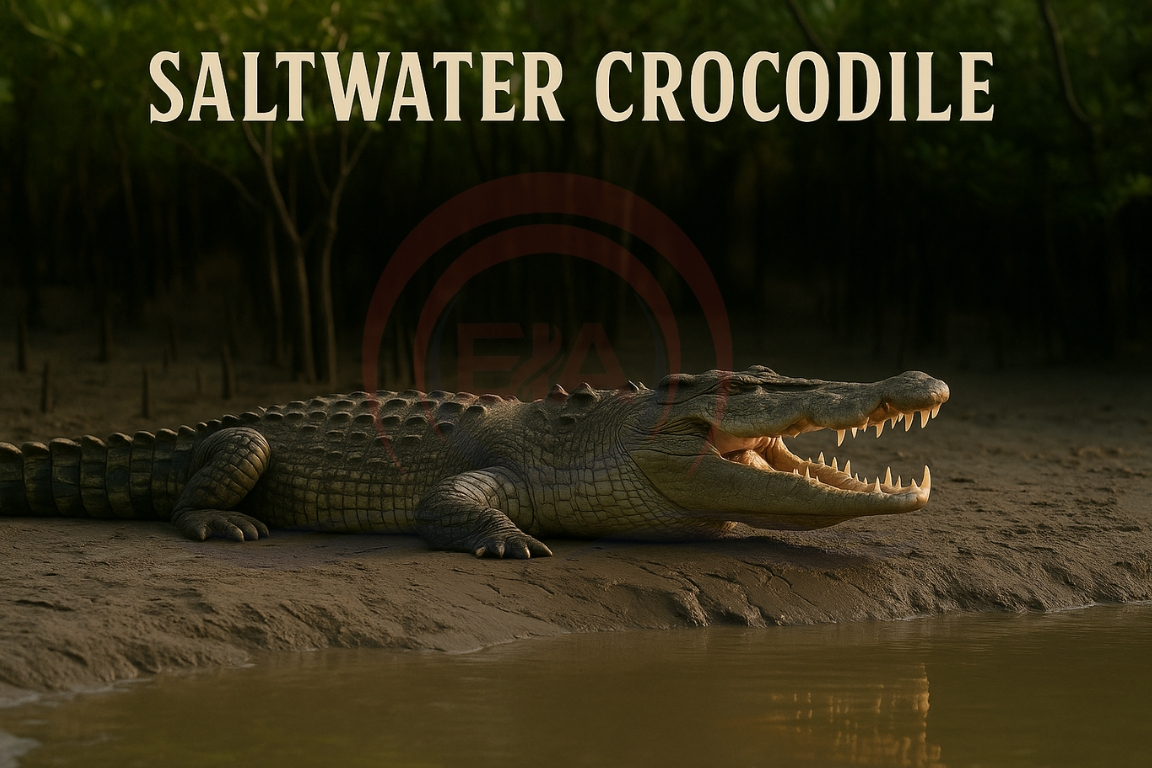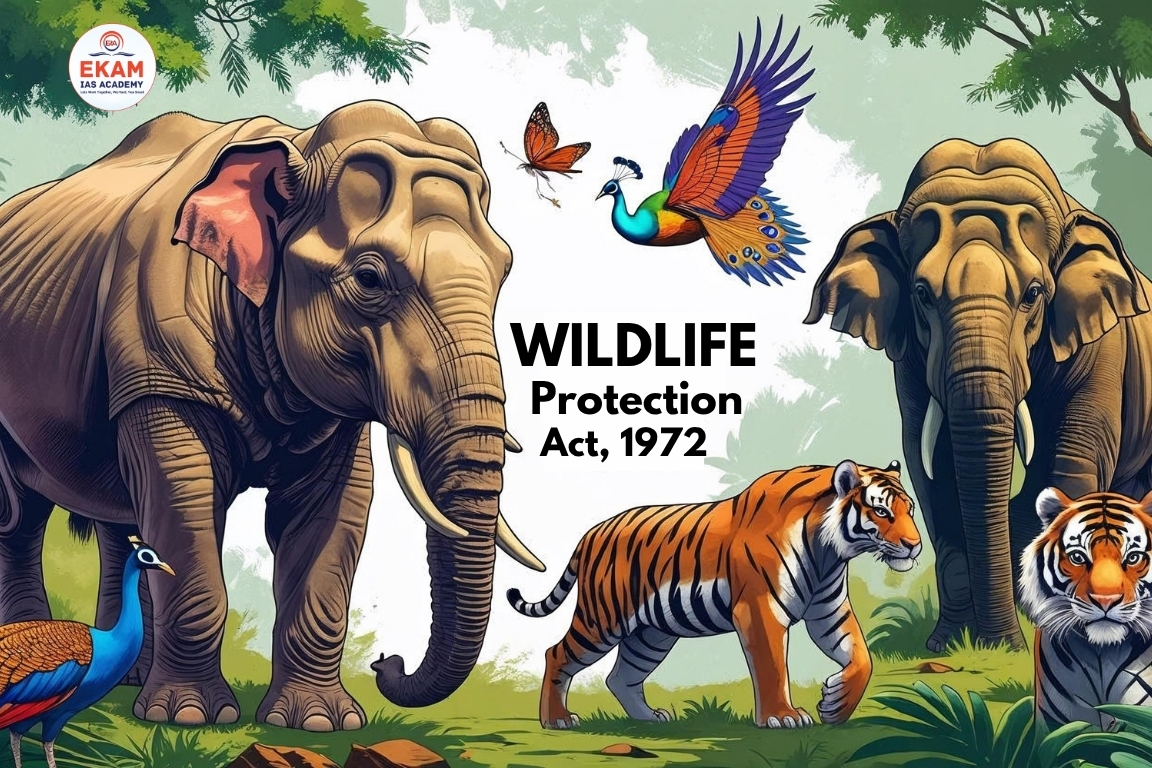A 2025 survey by the West Bengal Forest Department reported a rise in the saltwater crocodile population within the Sundarbans Biosphere Reserve (SBR), reflecting successful conservation measures.
About Saltwater Crocodile (Crocodylus porosus)
- World’s largest living reptile and the biggest crocodilian species.
- Sexual dimorphism:
- Males can grow far larger.
- Females usually measure 2.5–3 m.
- Habitat: Mangroves, estuaries, swamps, rivers, and even open seas.
- Salinity Tolerance: Can thrive in both fresh and saltwater.
- Distribution in India: Found in Odisha, West Bengal (Sundarbans), Andaman & Nicobar Islands.
Ecology and Behaviour
- An apex predator in wetland ecosystems.
- Opportunistic feeder: consumes fish, birds, mammals, and carrion.
- Communicates using hisses, growls, barks, and chirps.

Conservation Status
- IUCN Red List: Least Concern.
- CITES: Appendix I (global), except Australia, Indonesia, PNG → Appendix II.
- Wildlife Protection Act, 1972: Schedule I (highest protection).
Conservation Initiatives in India
- Bhagabatpur Crocodile Project (West Bengal, 1976): Captive breeding and release programme. Over 577 crocodiles released till 2022.
- Regular population surveys in the Sundarbans ensure monitoring of species recovery.
Other Crocodile Species in India
- Gharial (Critically Endangered): Restricted to small river stretches, mainly Chambal.
- Mugger/Marsh Crocodile (Vulnerable): Found in freshwater lakes, rivers, and marshes.
Conclusion:
The rising saltwater crocodile numbers in the Sundarbans highlight effective conservation and habitat protection, but continued monitoring is vital to maintain the balance between species survival and human safety.





